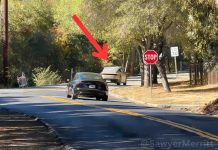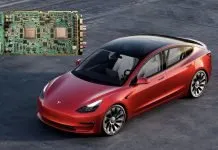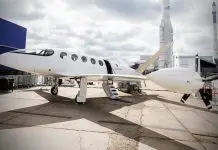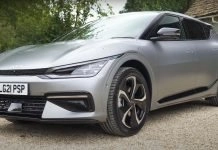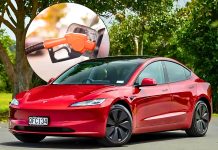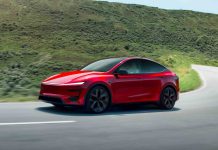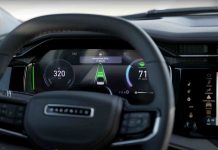Recently, it was reported that a Tesla driver in Barrington Hills, Illinois, fell asleep behind the wheel during the use of the vehicle’s Autopilot program and struck a police squad car in South Barrington. Which is ironic, as Elon Musk says Tesla will drive you as you sleep by the end of this year. The early morning collision has brought back the issue of driver complacency and the way Tesla was selling its semi-autonomous systems.
Local authorities stated that the driver informed the officers that he had fallen asleep when the car was in Autopilot mode. There were two policemen in the police vehicle when the crash occurred, but luckily, they sustained no serious injuries sustained by them. Photos by village officials depict that there is much damage to the back of the squad truck.
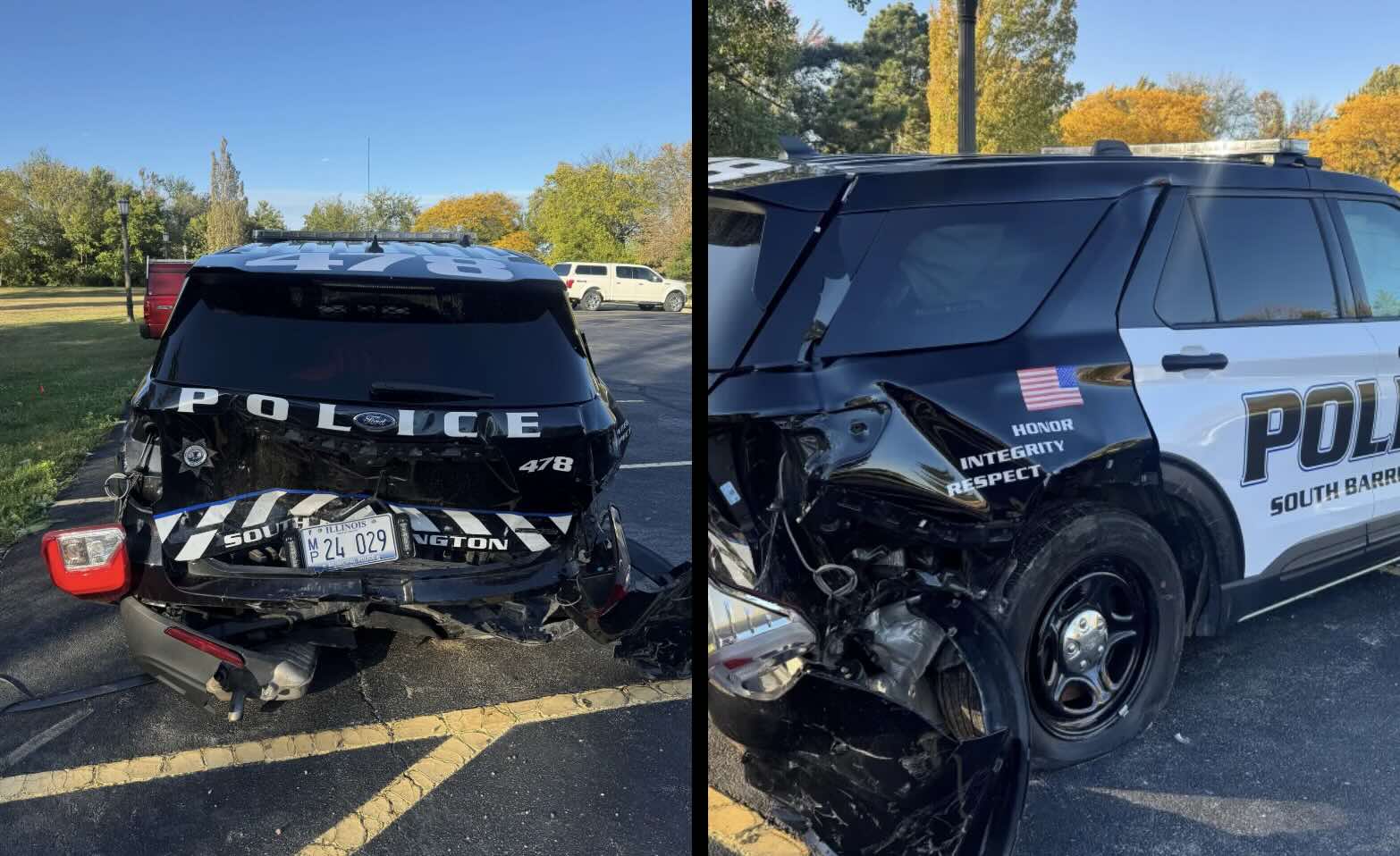
Police Response and Charges
The Barrington Hills Police Department is taking the driver on an investigation and has charged him with several traffic offenses, such as failing to reduce the speed to prevent an accident and the use of an automated driving system inappropriately. Police stressed that although automation functions have the potential of being helpful to driving activities, the driver is the ultimate responsible party who must control the vehicle at all times.
South Barrington Deputy Police Chief Adam Puralewski gave a sharp warning concerning the extent of automation in vehicles. Puralewski said that technology keeps rising and can be used to improve safety when applied appropriately. Nonetheless, one should keep in mind that it is always the role of the drivers to make their vehicles operate safely.
Understanding Tesla Autopilot
Tesla Autopilot is a Level 2 advanced driver-assistance system (ADAS) in that it is capable of control over steering, acceleration, and braking, provided there are some specific conditions, and it still needs human control. The drivers should not stop listening, hands on the wheel, and be prepared to take action anytime. The system also has visual and audible warnings in case of system-identified inattentiveness. But this can be easily bypassed, as demonstrated by Chinese Drivers, who successfully recreated the Robotaxi experience in China.
The driver-monitoring capabilities of the system are imperfect, though. Tesla relies on steering-wheel torque sensors as well as a camera in the cabin to measure the engagement of the driver. A blocked camera view of the eyes of driver is used, which in turn triggers the system to revert to measuring steering resistance, which can be easily avoided with counterweights that are used to deceive the car into believing that a hand is on the wheel.
In the case that the driver is telling the truth, this implies that the driver had disregarded or overpowered several safety warnings, and when the system either switched off or did not respond in the right manner.
Human Responsibility Is Not a Side Issue
This crash in Barrington Hills highlights the increasing conflict between humanity and technology. Fatigue reduction, awareness, and numerous collisions can be minimized with automation; however, this is only possible when it is used properly.
Drivers can not afford to relax as long as Level 2 systems, such as the Tesla-provided systems, depend on the human factor. It is not a defense to say that one was asleep behind the wheel; it is an admission of negligence. A recent event where a Tesla Model 3 crash was found to be Human Error, despite early FSD blame, it showcased that drivers should be attentive and be ready to take over the steering wheel at all times.


